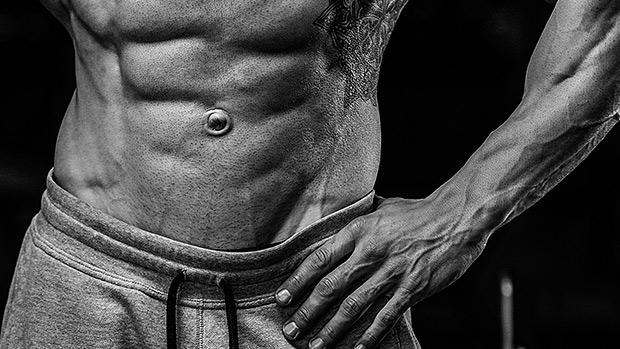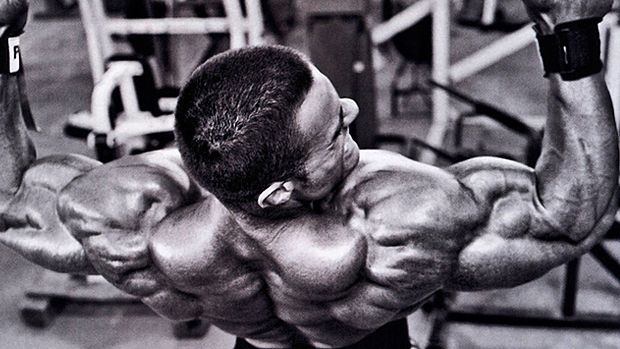There's a continual debate among fitness experts on whether or not you can target your "lower ab" area. I think you can, but here's why some say it's impossible.
Usually, they'll argue that your lower abs are just part of your rectus abdominis. Since your rectus is one muscle, it'll either contract or not depending on the stimulus.
They may also tell you that what you're feeling as your "lower abs" is actually just your hip flexors kicking in; your lower ab exercises aren't doing much for your core at all.
When trying to target the lower portion of your rectus abdominis, the angle of the load will have an effect on what fibers are emphasized during the movement. Sure, your entire rectus abdominis may be firing, but how you move (or resist movement) will affect different segments of a muscle group differently.
This is basically the entire concept behind bodybuilding, and why varying your exercise selection is necessary for continued progress and a complete physique.
As an example of how certain fibers can be affected based on the angle of the load, let's take a look at the decline, flat, and incline bench press variations.
Although the pec major must contract during each of these movements, the fibers that receive the most stimulation are different for each one. The decline bench will target the lower fibers, the flat bench will target the middle fibers, and the incline bench will target the upper fibers.
The same concept can be applied to training your abs. Although your hip flexors and the upper fibers of your rectus abdominis may be actively involved while working your "lower abs," this doesn't mean that the lower fibers of your rectus aren't being emphasized appropriately for growth.
Your lower abs will be primarily targeted during exercises that allow for spinal flexion with posterior rotation of the pelvis.
These movements will generally be initiated by pulling the knees upwards and lifting the hips. Bending the knees will allow more posterior rotation of the pelvis which will lead to a greater emphasis on the lower fibers of your rectus.
When training your lower abs, you need to engage your transverse abdominis (TVA). You can think of your transverse abdominis like your internal weight belt. This muscle group is responsible for pulling your abdomen inward which will allow the lower fibers on your rectus abdominis to be stimulated to a greater extent as you go into spinal flexion for your low-ab exercises.
Here are two examples where I'm doing hanging knee raises. I'm engaging my TVA in the first video, but I'm not in the second.
Proper Hanging Knee Raise
Improper Hanging Knee Raise
Notice the difference in the amount of movement I get through my pelvis and therefore a deeper contraction in the second example, all because I pulled my abdomen inward before attempting to raise my knees.
This one little adjustment is the difference between primarily targeting your hip flexors (bad) versus your lower ab area (good).
The plank slider knee tuck builds your serratus anterior (the muscle around your ribs) due to the protraction necessary to get your knees to your chest.
Remember, effectively engaging your lower abs means you have to use your transverse abdominis to pull your core in before you start to flex your hips.
So when doing this movement, make sure you're rotating your pelvis back and are getting your knees as high toward your chest as possible. Try to pause for a second at the top of each rep and squeeze your abdomen as hard as you can.
Also, you should aim to press yourself as far away from the floor as possible during each rep. Doing this will cause your upper back to round, which is a good thing for this exercise since it means your serratus is working appropriately.
And of course, although you can emphasize your lower abs with training, if you aren't already lean then no amount of ab work will get your abs to show. So keep your body fat in check.




